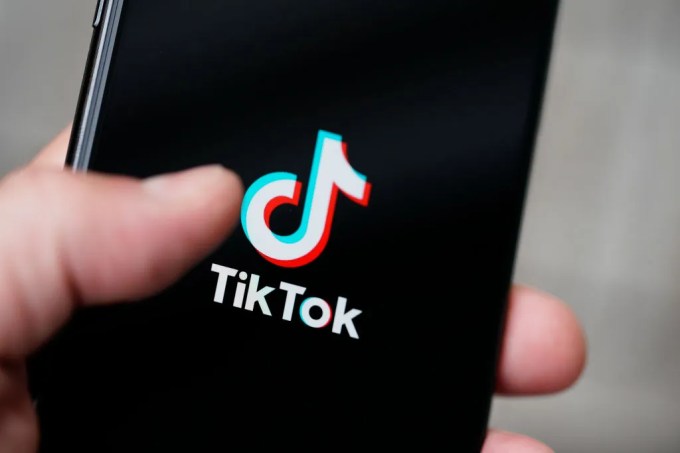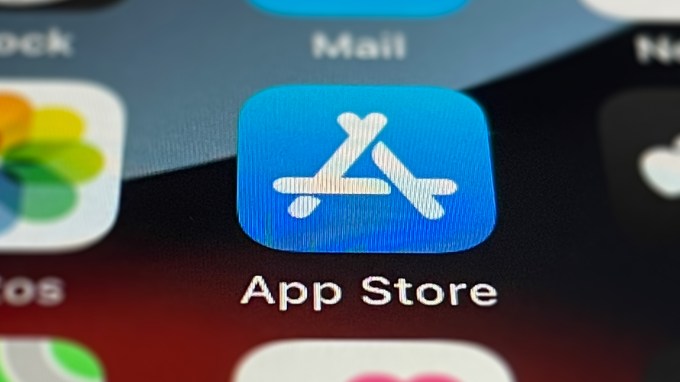A major shift in the U.S. app economy has just taken place. In the second quarter of this year, U.S. consumer spending in non-game mobile apps surpassed spending in mobile games for the first time in May 2022, and the trend continued in June. This drove the total revenue generated by non-game apps higher for the quarter, reaching about $3.4 billion on the U.S. App Store, compared with $3.3 billion spent on mobile games.
After the shift in May, 50.3% of the spending was coming from non-game apps by June 2022, according to new findings in a report from app intelligence firm Sensor Tower. By comparison, games had accounted for more than two-thirds of total spending on the U.S. App Store just five years ago.
The trend was limited to the U.S. App Store and was not seen on Google Play, however. In Q2, games accounted for $2.3 billion in consumer spending on Google Play in the U.S., while non-game apps accounted for about $1 billion. about the new data here.
Kids and teens now spend more time on TikTok than YouTube

Image Credits: Nur Photo (opens in a new window) / Getty Images
A study of 400,000 families performed by parental control software maker Qustodio found that kids and teens ages 4-18 now spend more time watching videos on TikTok than they do watching YouTube — and that’s been the case since June 2020, in fact. That month, TikTok overtook YouTube for the first time, as this younger demographic began averaging 82 minutes per day on TikTok versus an average of 75 minutes per day on YouTube.
YouTube had still been ahead in 2019 as kids and teens were spending an average of 48 minutes on the platform on a global basis, compared with 38 minutes on TikTok. But with the shift in usage that took place in June 2020, TikTok came out on top for 2020 as a whole, with an average of 75 minutes per day, compared with 64 minutes for YouTube.
In the years since, TikTok has continued to dominate with younger users. By the end of 2021, kids and teens were watching an average of 91 minutes of TikTok per day compared with just 56 minutes per day spent watching YouTube, on a global basis.
Likely aware of this threat, YouTube launched its own short-form platform called Shorts, which it now claims has topped 1.5 billion logged-in monthly users. The company believes this will push users toward its long-form content — but so far, that hasn’t happened, it seems.
